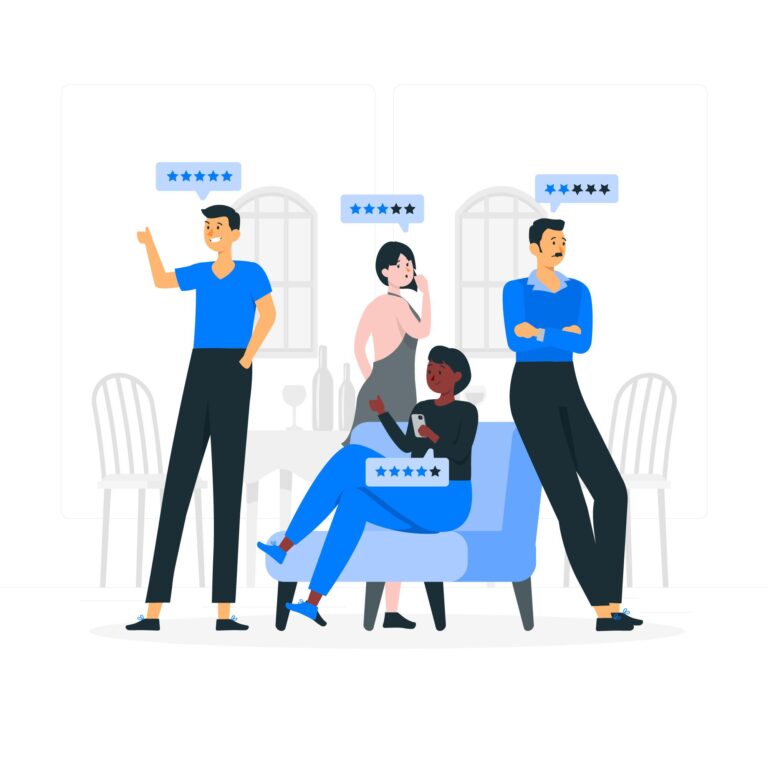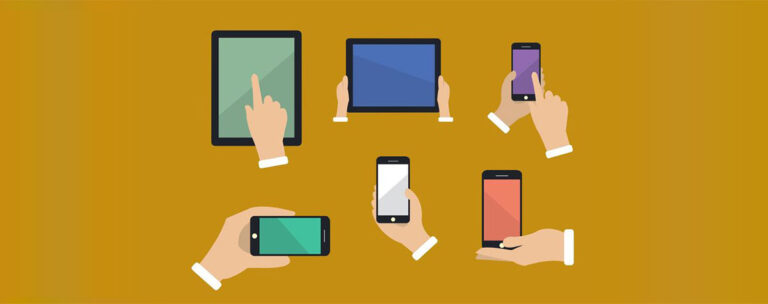A University of Pennsylvania study notes that, “70% of communication is body language, 23% is voice tone and inflection, and only 7% is your spoken words!” (Source). Text based communication from email to texting created many challenges – until ‘smileys’ – now commonly called ‘emojis’, became popular. Tyler Schnoebelen, a linguistics Ph.D. from Stanford, explains how if we are talking to someone face to face, we don’t need another way to express “I’m smiling” because it would presumably be visible (NYMAG). But take away that added layer of interaction, and then you are missing something important in communication. It all comes down to emotion and the communication of it. When face-to-face communication is not possible, we need to find some other way of communicating emotion and humanizing a system that is otherwise rather stark. But then the question arises, if this is how it works in the context of interpersonal communication, what does a brand do? How should a business or a service communicate with its customer base? When people communicate with each other with such rich expression of emotion, how much sense does it make for a business to communicate in a plain text form that is decades old at best? The availability of technology allows for a mix of rich forms of media, be it text, images, sound or animation. It doesn’t make sense for a business not to make use of these when communicating with people, especially since this is how people communicate with each other. Some of the biggest brands and media presences have acknowledged this fact and have been speaking emoji for a while. In 2014, as part of its content marketing strategy, General Electric launched its Emoji Table of Experiments, which they turned into a web series on science. Want to explore more? […]



